How to descale a thermopot
 Thermopot is gaining more and more popularity, gradually displacing the electric kettle from the kitchen. All thanks to the ease of use. Boiling water is always at your fingertips in large quantities. But the problem with both kitchen appliances remains the same - scale.
Thermopot is gaining more and more popularity, gradually displacing the electric kettle from the kitchen. All thanks to the ease of use. Boiling water is always at your fingertips in large quantities. But the problem with both kitchen appliances remains the same - scale.
Limescale deposits are a real problem. Every housewife takes any means to get rid of it.
The content of the article
Where does scale come from?
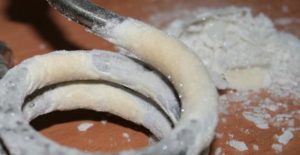 The water flowing from the tap is of very questionable quality. It is rich in magnesium and calcium, which negatively affects the surfaces of devices. As a result, when heated, all this turns into limescale. It is formed inside an electrical appliance. It looks like a white coating. You'll have to put in a lot of effort to get rid of it.
The water flowing from the tap is of very questionable quality. It is rich in magnesium and calcium, which negatively affects the surfaces of devices. As a result, when heated, all this turns into limescale. It is formed inside an electrical appliance. It looks like a white coating. You'll have to put in a lot of effort to get rid of it.
Important! Even if you use a cleaning filter, you cannot avoid the appearance of scale. It will only delay her education.
You should carefully monitor the internal state of the thermopot. The sooner the plaque is detected, the easier it will be to clean it off. The appearance of sediment can cause various problems in the operation of the device:
- electricity begins to be consumed in large quantities;
- the water will begin to heat up much more slowly;
- When the device operates, a loud noise is heard;
- the water that was heated in the device acquired an unpleasant taste.
Important! If you ignore scale and do not properly care for the device, it will simply burn out.
There are many ways in which you can get rid of limescale deposits. In addition to special products, there are also home methods using available ingredients. You should understand each method in more detail and choose the most suitable one.
How and with what to clean a thermopot from scale at home
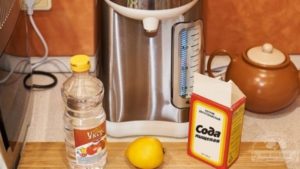 You can purchase a special product in the store designed to clean the inside of the thermopot. However, many housewives do not particularly welcome this method. They believe that household chemicals can have a negative impact on health. They prefer more natural, folk remedies.
You can purchase a special product in the store designed to clean the inside of the thermopot. However, many housewives do not particularly welcome this method. They believe that household chemicals can have a negative impact on health. They prefer more natural, folk remedies.
Cleaning with citric acid
You need to take a packet of citric acid and dissolve it in a liter of water. Then wait until the liquid boils and turn off the device. Allow the contents to cool. Pour it out and rinse thoroughly the entire surface inside and out. Afterwards, be sure to wipe the inside of the device with a soft, dry cloth. This will help remove any remaining plaque.
Compared to soda, citric acid works better. However, it is significantly inferior to vinegar. In some cases, it is necessary to use several packets of acid to completely get rid of plaque. An important advantage of this method is that there is no unpleasant odor. Unlike the vinegar method.
Cleaning the thermopot with soda and citric acid (together)
 If citric acid copes with plaque better than soda, then combining these components will result in double effectiveness. To get rid of scale you should do the following:
If citric acid copes with plaque better than soda, then combining these components will result in double effectiveness. To get rid of scale you should do the following:
- For this method you will need a packet of citric acid and soda, in the amount of a tablespoon. Fill a container with a liter of water. Add soda to it in the specified amount. Boil the liquid. Turn off the thermostat and wait until the water has completely cooled down;
- drain the cooled liquid and fill the device with water again. Add a packet of citric acid there.
- wait until the contents boil and leave for 30 minutes. Afterwards everything should be poured out;
- The inside of the thermopot is washed with detergent and a sponge. This will help get rid of any remaining plaque.
An important advantage of the method is that it is absolutely safe. In addition, there will be no unpleasant odor, which would also take a long time to get rid of. The disadvantages of this method include the fact that it is suitable only for not too serious pollution. This method will not be able to cope with a caustic coating. If the affected area is large, you will have to repeat the entire procedure several times before significant improvements occur.
Cleaning with vinegar
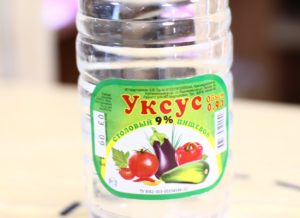 A method that has been tested for more than one generation. For a liter of water you will need 50 ml of vinegar. Add it to the liquid and bring to a boil. When the solution boils, you should leave it in this position for a couple of hours.
A method that has been tested for more than one generation. For a liter of water you will need 50 ml of vinegar. Add it to the liquid and bring to a boil. When the solution boils, you should leave it in this position for a couple of hours.
After this, ordinary water is added to the thermopot and everything is boiled again. Afterwards, the liquid is poured out and the device is washed from the inside. Quite a strong method that can cope with impressive scale. However, vinegar will leave a pungent odor. To get rid of it, you should add ordinary clean water into the thermopot several times and bring it to a boil.
How to clean a thermopot with soda (Sprite)
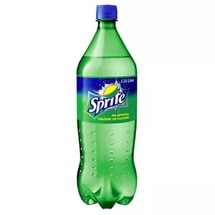 In addition to using long-known home remedies to get rid of scale, very non-standard approaches are also used. For example, you can remove plaque with soda. Not just any one will do. It is recommended to use a sprite. It is colorless, so there will be no traces left behind, unlike other famous sodas.
In addition to using long-known home remedies to get rid of scale, very non-standard approaches are also used. For example, you can remove plaque with soda. Not just any one will do. It is recommended to use a sprite. It is colorless, so there will be no traces left behind, unlike other famous sodas.
Sprite is poured into the thermopot and brought to a boil. Then the liquid must be poured out, and the device itself must be thoroughly washed and wiped with a dry cloth. Despite the non-standard nature of the method, it works and helps get rid of plaque.
Special descaling products
It has already been mentioned that in addition to home remedies with improvised ingredients, there are special household chemicals designed to combat plaque. The procedure for using this product is quite simple and includes the following steps:
- water is drawn into the thermopot;
- A cleaning agent is added to the liquid and diluted;
- The thermostat turns on. It is necessary to bring the liquid to a boil;
- leave the solution inside the device for a while;
- pour the liquid out of the thermal port. Wash it thoroughly with detergent. Wipe dry with a cloth.
Important! It is recommended to completely follow the instructions on the packaging. Such products contain aggressive substances that will damage individual parts of the thermostat if the liquid is retained longer than it should be inside.
Preventing scale in thermopots
 There are no special recommendations that would help save the device from scale formation. You just need to use filtered water and try not to pour liquid from the tap.
There are no special recommendations that would help save the device from scale formation. You just need to use filtered water and try not to pour liquid from the tap.
Of course, this will not help to completely avoid plaque formation. However, its appearance will be delayed for some time.In addition, scale forms much less frequently when using water that has passed through a filter.
Conclusions from the article
You should follow useful recommendations that will help make the descaling procedure more effective: when removing plaque, do not use any abrasive products. This may damage the surface of the device;
- If when cleaning you do not use table vinegar, but essence. Then you don’t have to bring the water to a boil in a thermopot;
- Do not use strong acids to remove sediment. For example, sulfur or hydrochloric acid;
- It has already been noted that to protect the device from the regular appearance of scale, you should use only filtered water;
- After you have boiled the liquid with the addition of the cleaning composition, it is important to drain it, add clean water and boil again. Then it is drained and only then can the device be used.

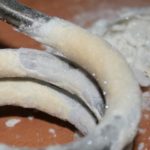
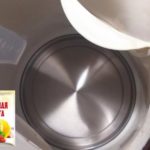
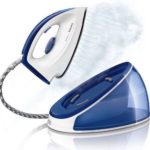

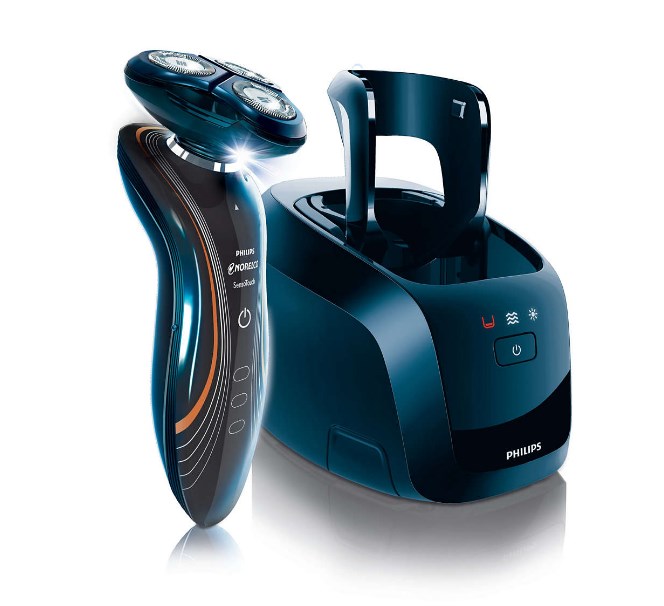
I once had so much scale build up in my thermopot that I was even scared how this could happen. The first thing I did was buy a special product, I think it’s called “Antinakipin”. It was of no use at all; I wasted my time and money. And then my mother advised me to boil water and vinegar in a 1:1 ratio in a thermopot. Then I left it to stand for about twenty minutes and half of the scale dissolved. Then I performed the procedure a second time, after which the scale completely disappeared.The third time I boiled clean water and there was no trace of the smell of vinegar left. I had to do it twice because there was a fair amount of scale. Now, for prevention purposes, I do this procedure once a week. This does not affect the operation of the equipment. I would like to note that I also tried to use citric acid, but in this regard it turned out to be weaker than vinegar.